Invest
Slow but steady global growth on the way
After a tumultuous few years, the global outlook for growth is now slow but steady. Ken Leech shares his insights on where markets are headed.
Slow but steady global growth on the way
After a tumultuous few years, the global outlook for growth is now slow but steady. Ken Leech shares his insights on where markets are headed.
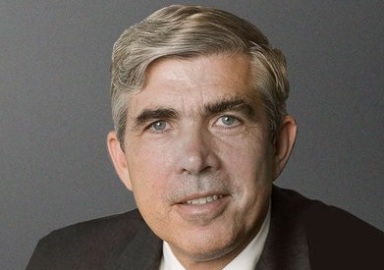
Keeping in mind the enormous amount of policy uncertainty there is around the world and particularly in the US, upside growth prospects are coming amid challenging secular headwinds and a constrained global growth background. There has been an incredible level of policy experimentation that has taken place since the financial crisis and we believe it is important to remain humble about how all of that experimentation will ultimately play out. While we have strong thoughts about how we want to position our clients’ portfolios, we need to be mentally flexible and willing to change as circumstances warrant.
As we think about our global outlook for 2017, we remain cognizant of the potential downside risks, such as those emanating from China. Our base case is for steady but unspectacular global growth, and US growth and inflation may rise with fiscal stimulus. We are encouraged to see that global inflation has stopped declining. However, central banks, which have been a big source of accommodation for the global recovery, are becoming a little less accommodative.
Nonetheless, government bonds should remain underpinned by low policy rates and we believe spread sectors should outperform over the longer term. US rates reflect growth, and optimism and upside risks to US growth may come from potential fiscal policy changes. Issue selection and sector rotation remain crucial for performance.
Global economic outlook

Global growth has steadied and appears set to improve. There is optimism that growth can finally pick up speed and perhaps be sustainable.
Global inflation has stopped declining, which is good news, but historically we are still at a very low rate of inflation. Global growth appears slow but sustainable at about 3 per cent. Global debt loads, however, are flashing a cautionary sign that improvements will take time and take much more central bank support.
We expect the eurozone to grow 1.75 per cent in 2017 as headline inflation remains at zero. We believe the European Central Bank will expand quantitative easing, both in duration and size.
In the UK, we think that Brexit-induced uncertainty will slow growth to 1 per cent in 2017. Now that central banks are beginning to reduce the amount of accommodation they provided previously, the question remains whether the global recovery will be self-sustaining. There are secular headwinds we also need to take into consideration, such as demographics, productivity and debt burdens.
With Brexit and the election of Donald Trump, one could argue that we are seeing a deceleration of globalisation and the political ascendancy of nationalism. These are things that we are continuing to watch very carefully, and we remain thoughtful about how positions may need to change.
Worries about the Chinese economy have abated, but we think we will still see a declining growth rate driven by the move from an export-led economy to one that is more consumption-led. It was partially fears of a Chinese slowdown that led to the bottoming of the spread sector market in February 2016. One of the reasons we were optimistic that the slowdown would not lead to a global recession was that Chinese policymakers had significant policy levers they could deploy.
We believe the current level of optimism surrounding China is perhaps overdone and we remain alert on macro developments there. There has been a rapid build-up of debt in the country, there are emerging signs of property froth and China is losing foreign reserves at an alarming pace.
That said, it is our strong belief that Chinese authorities have no interest in a major devaluation of the yuan. Some of the issues we mention regarding China may not end up being problems in 2017 (they could be next year’s problems), but markets don’t always wait, and the US and China could be on a collision course in 2017.
The probability of a major break in the markets may be small, but with the Federal Reserve poised to tighten, and the US administration preparing to discuss trade and foreign policy in a more challenging way, we think we need to remain attentive to China in 2017.
Ken Leech, chief investment officer, Western Asset
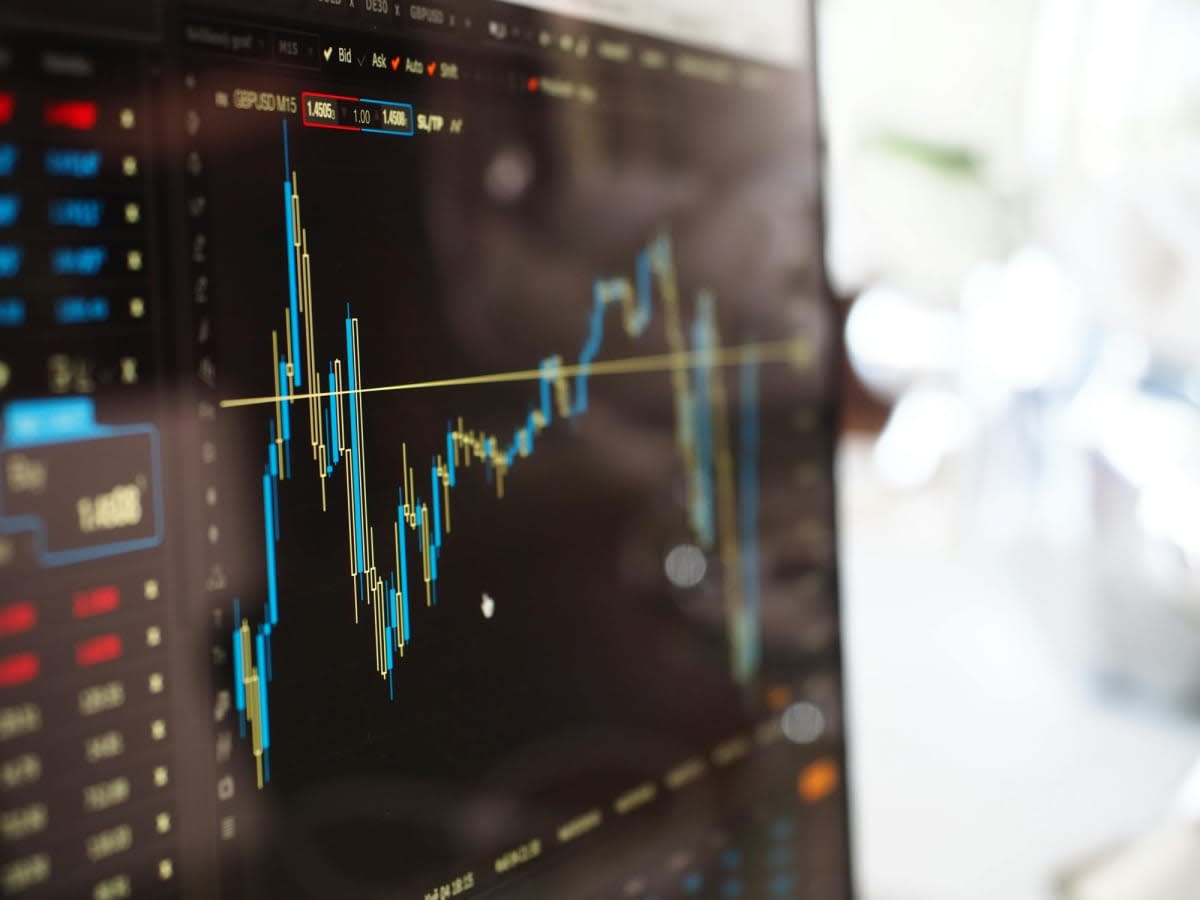
Stock market
Westpac and CMC Markets strengthen partnership to enhance online trading services
In a significant move that underscores the evolving landscape of online trading in Australia, CMC Markets Stockbroking has been chosen as the preferred vendor by Westpac Banking Corporation to extend ...Read more

Stock market
Portfolio reviews as an operating discipline: turning volatility into a competitive edge
In a higher-rate, higher-volatility world, portfolio reviews are no longer an annual hygiene task; they’re a core operating rhythm that protects cash flow, unlocks tax alpha, and sharpens risk ...Read more

Stock market
Fee war on the ASX: Global X’s A300 turns up the heat on core Aussie equity ETFs
Global X has lobbed a 0.04% management fee into Australia’s core equity sandbox, launching the Australia 300 ETF (A300) to take on entrenched giants. Read more

Stock market
Challenger IM shakes up the ASX with private credit note and a side of risk
Challenger Investment Management has taken private credit mainstream with an ASX-listed note structure—LiFTs—that secured roughly $100 million in cornerstone commitments within a day of launch. Read more

Stock market
International stocks: Diversifying your portfolio beyond Australia
In an increasingly globalized market, Australian investors have the opportunity to enhance their investment portfolio by incorporating international stocks. Diversifying your investments globally can ...Read more
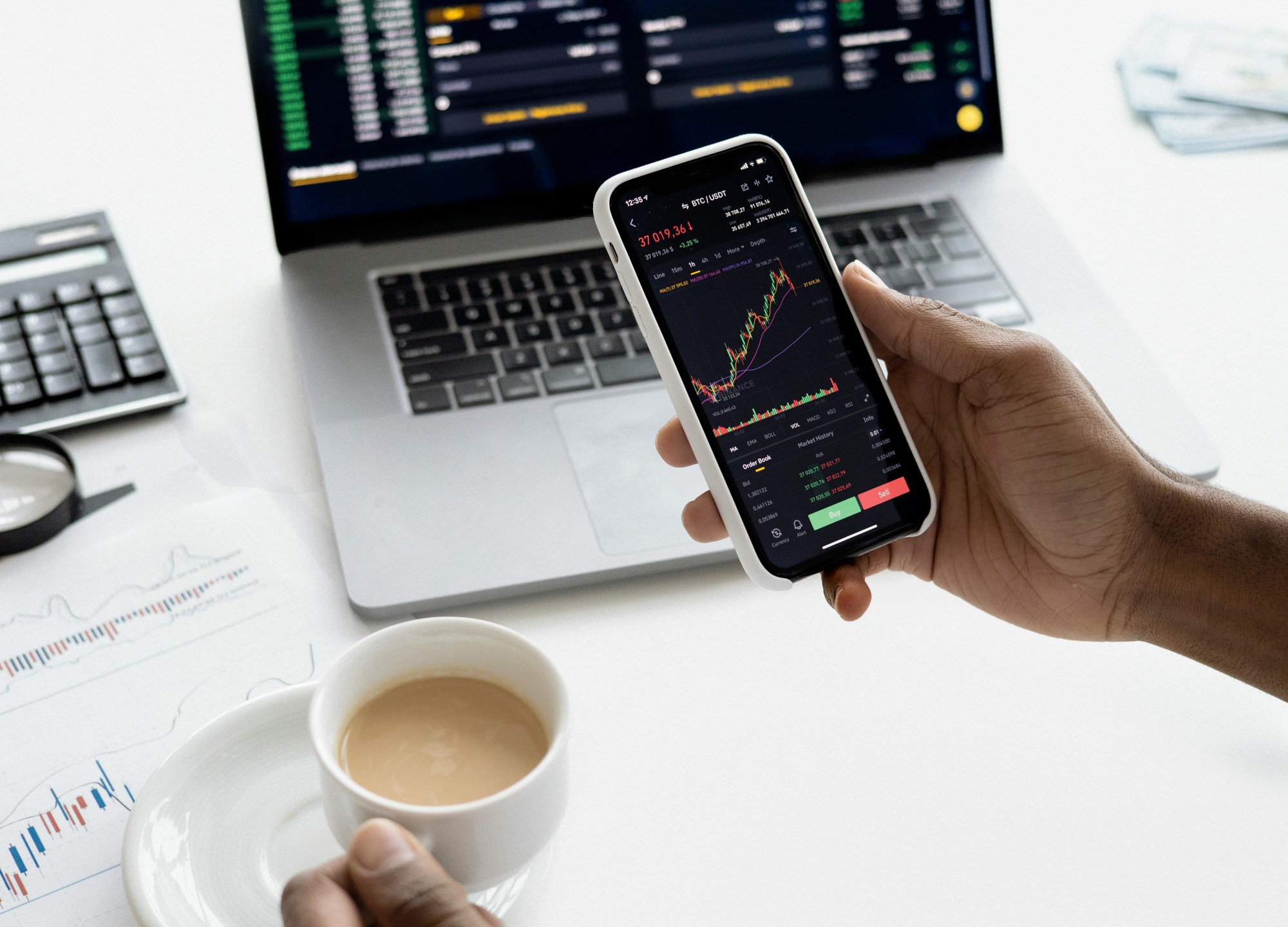
Stock market
Stock market rally likely to continue regardless of Fed minutes tone, says deVere CEO
The bull run that has propelled Wall Street's major indexes to record highs this month is expected to continue regardless of the tone of the upcoming Federal Reserve minutes, according to Nigel Green, ...Read more
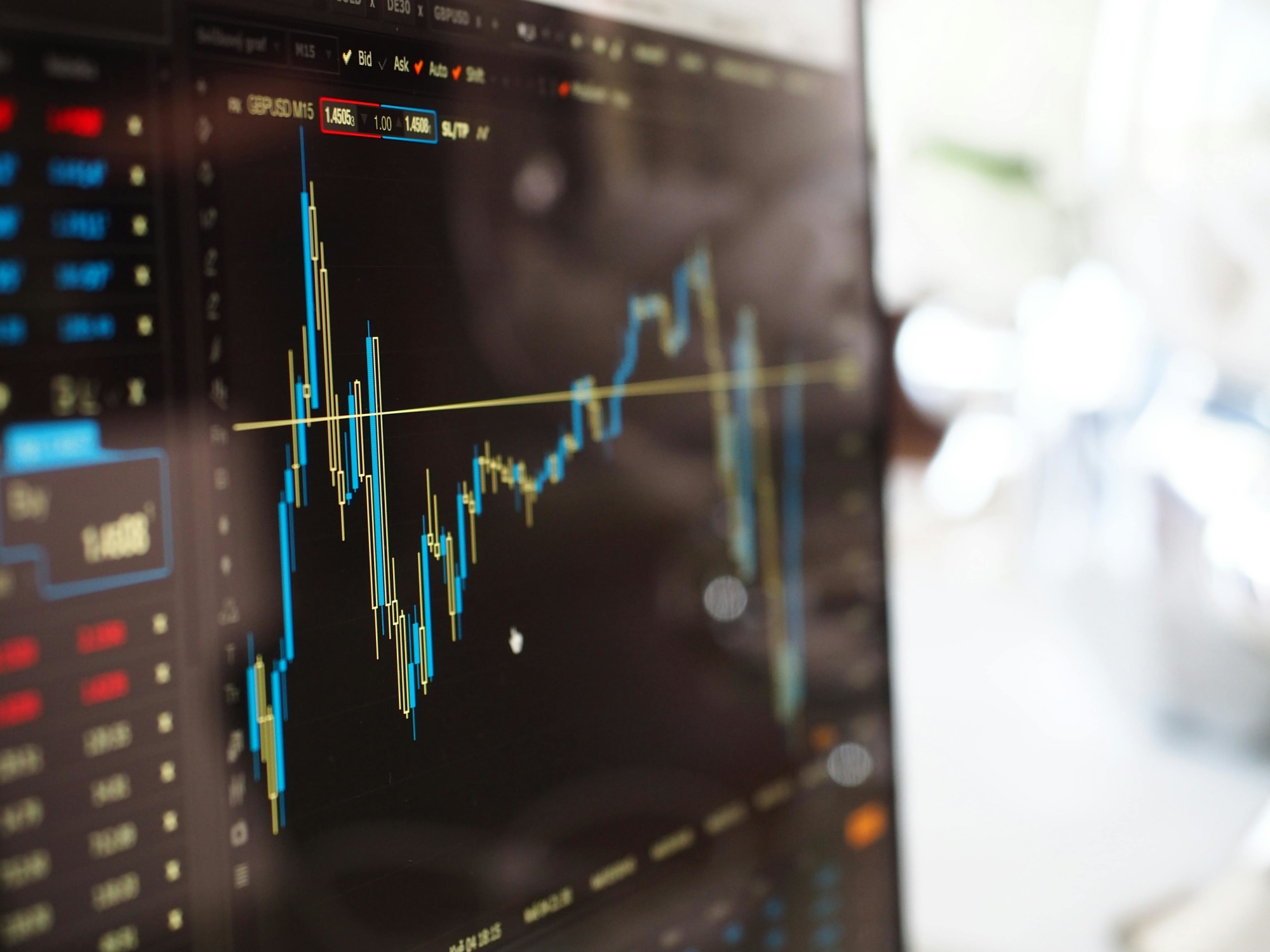
Stock market
US stock rally driven more by valuation growth than earnings, leaving tech names vulnerable: Innova
The strong gains in US stocks over the past year, particularly in the technology sector, have been driven more by expanding valuations than underlying earnings growth, leaving them exposed to a ...Read more
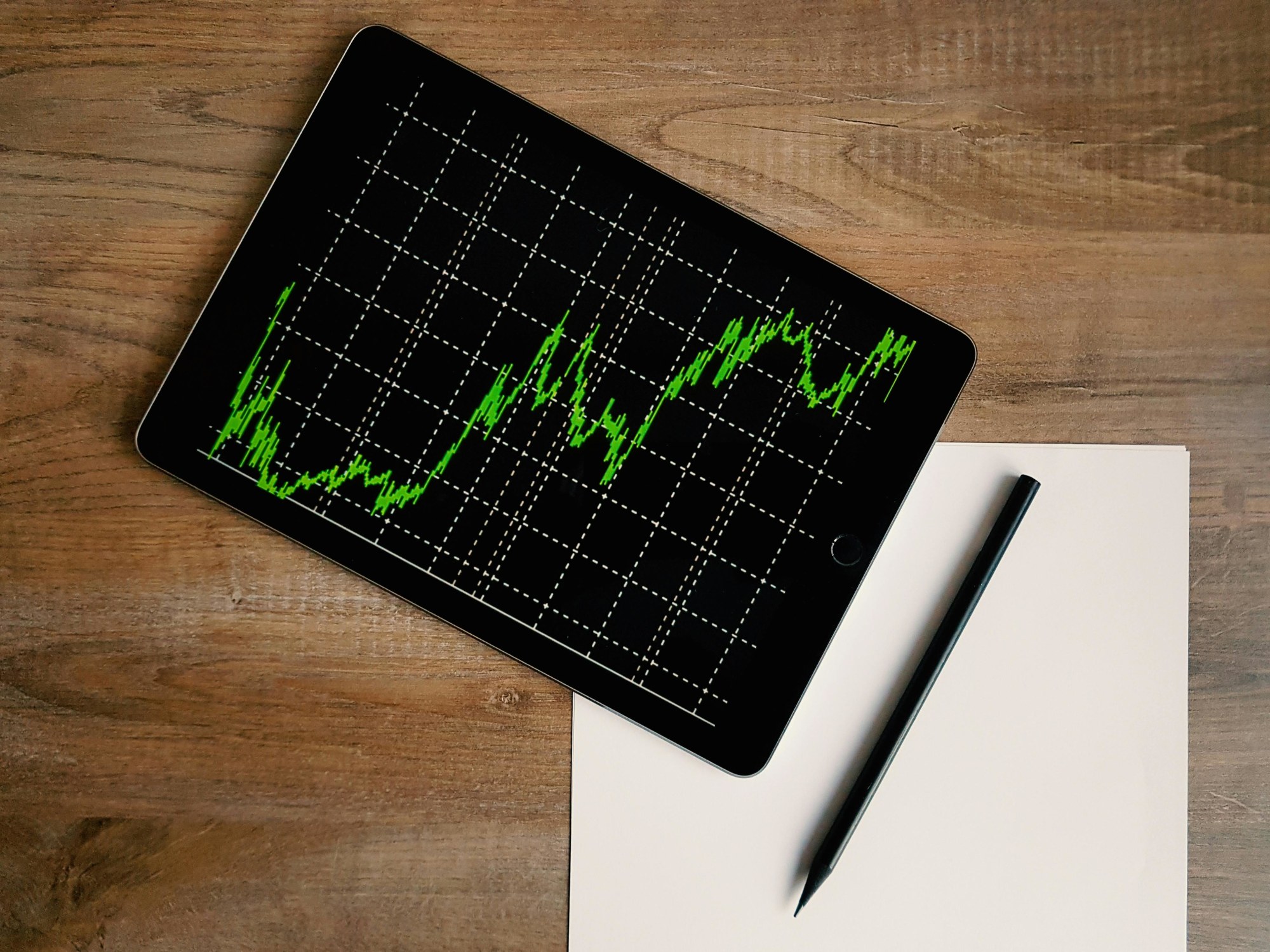
Stock market
Sun Silver to make its ASX debut with a $13 million IPO
Sun Silver Limited (proposed ASX Code: "SS1") has announced the opening of its Initial Public Offering (IPO) today, aiming to raise a minimum of $10 million and a maximum of $13 million (before costs)Read more

Stock market
Westpac and CMC Markets strengthen partnership to enhance online trading services
In a significant move that underscores the evolving landscape of online trading in Australia, CMC Markets Stockbroking has been chosen as the preferred vendor by Westpac Banking Corporation to extend ...Read more

Stock market
Portfolio reviews as an operating discipline: turning volatility into a competitive edge
In a higher-rate, higher-volatility world, portfolio reviews are no longer an annual hygiene task; they’re a core operating rhythm that protects cash flow, unlocks tax alpha, and sharpens risk ...Read more

Stock market
Fee war on the ASX: Global X’s A300 turns up the heat on core Aussie equity ETFs
Global X has lobbed a 0.04% management fee into Australia’s core equity sandbox, launching the Australia 300 ETF (A300) to take on entrenched giants. Read more

Stock market
Challenger IM shakes up the ASX with private credit note and a side of risk
Challenger Investment Management has taken private credit mainstream with an ASX-listed note structure—LiFTs—that secured roughly $100 million in cornerstone commitments within a day of launch. Read more

Stock market
International stocks: Diversifying your portfolio beyond Australia
In an increasingly globalized market, Australian investors have the opportunity to enhance their investment portfolio by incorporating international stocks. Diversifying your investments globally can ...Read more

Stock market
Stock market rally likely to continue regardless of Fed minutes tone, says deVere CEO
The bull run that has propelled Wall Street's major indexes to record highs this month is expected to continue regardless of the tone of the upcoming Federal Reserve minutes, according to Nigel Green, ...Read more

Stock market
US stock rally driven more by valuation growth than earnings, leaving tech names vulnerable: Innova
The strong gains in US stocks over the past year, particularly in the technology sector, have been driven more by expanding valuations than underlying earnings growth, leaving them exposed to a ...Read more

Stock market
Sun Silver to make its ASX debut with a $13 million IPO
Sun Silver Limited (proposed ASX Code: "SS1") has announced the opening of its Initial Public Offering (IPO) today, aiming to raise a minimum of $10 million and a maximum of $13 million (before costs)Read more








